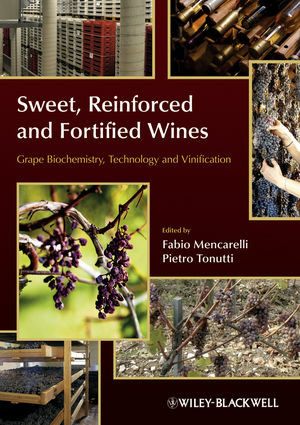

Most ebook files are in PDF format, so you can easily read them using various software such as Foxit Reader or directly on the Google Chrome browser.
Some ebook files are released by publishers in other formats such as .awz, .mobi, .epub, .fb2, etc. You may need to install specific software to read these formats on mobile/PC, such as Calibre.
Please read the tutorial at this link: https://ebookbell.com/faq
We offer FREE conversion to the popular formats you request; however, this may take some time. Therefore, right after payment, please email us, and we will try to provide the service as quickly as possible.
For some exceptional file formats or broken links (if any), please refrain from opening any disputes. Instead, email us first, and we will try to assist within a maximum of 6 hours.
EbookBell Team

0.0
0 reviewsWines from Grape Dehydration is the first of its kind in the field of grape dehydration - the controlled drying process which produces a special group of wines.
These types of wine are the most ancient, made in the Mediterranean basin, and are even described in Herodotus. Until few years ago, it was thought that these wines – such as Pedro Ximenez, Tokai, Passito, and Vin Santo – were the result of simple grape drying, because the grapes were left in the sun, or inside greenhouses that had no controls over temperature, relative humidity or ventilation. But Amarone wine, one of the most prized wines in the world, is the first wine in which the drying is a controlled process. This controlled process – grape dehydration – changes the grape at the biochemical level, and involves specialist vine management, postharvest technology and production processes, which are different from the typical wine-making procedure.
After a history of grape dehydration, the book is then divided into two sections; scientific and technical.
The scientific section approaches the subjects of vineyard management and dehydration technology and how they affect the biochemistry and the quality compounds of grape; as well as vinification practices to preserve primary volatiles compounds and colour of grape. The technical section is devoted to four main classes of wine: Amarone, Passito, Pedro Ximenez, and Tokai.
The book then covers sweet wines not made by grape dehydration, and the analytical/sensorial characteristics of the wines. A concluding final chapter addresses the market for these special wines.
This book is intended for wineries and wine makers, wine operators, postharvest specialists, vineyard managers/growers, enology/wine students, agriculture/viticulture faculties and course leaders and food processing scientists
Content: